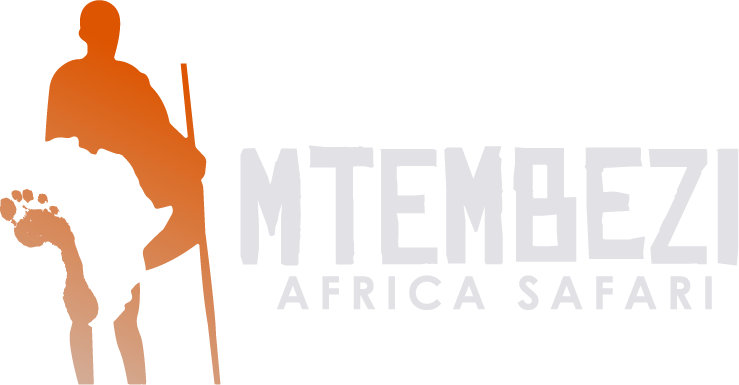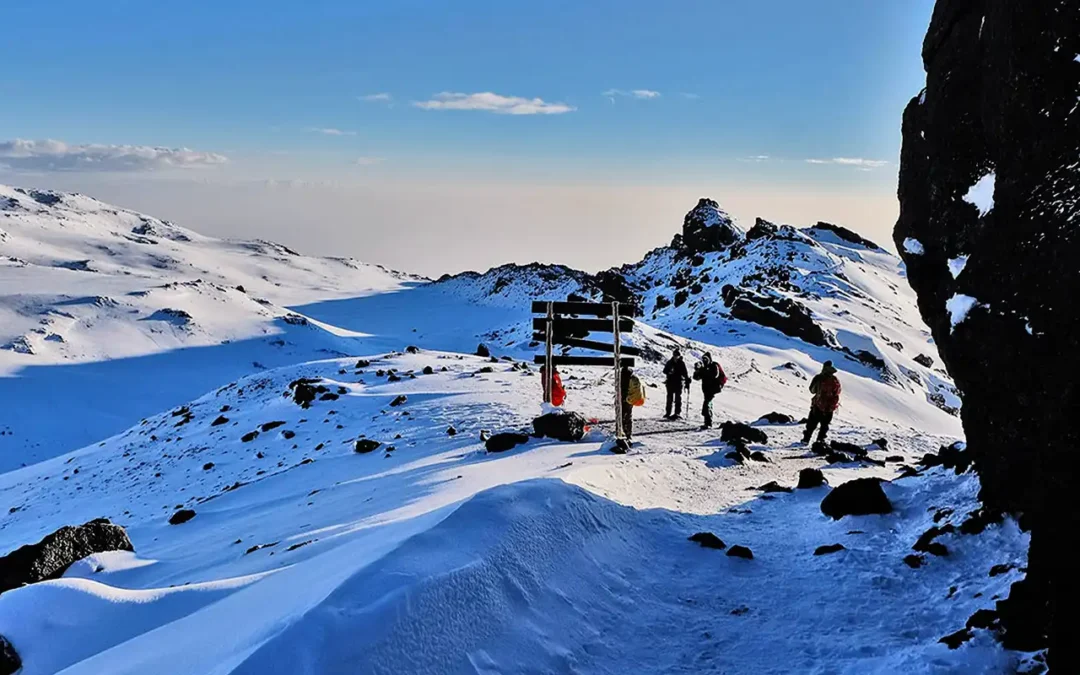Climbing Mount Kilimanjaro is a dream for many adventurers, but it’s not without its challenges. From battling altitude sickness to dealing with extreme weather conditions, summiting Africa’s highest peak requires preparation, resilience, and determination. This blog will delve into the primary obstacles climbers face on Kilimanjaro and provide practical tips on how to overcome them.
The Impact of Altitude and Managing Altitude Sickness
One of the most significant challenges when climbing Kilimanjaro is dealing with the high altitude. As you ascend, the air gets thinner, and your body has to work harder to get the oxygen it needs. This can lead to altitude sickness, manifesting as headaches, nausea, dizziness, and fatigue.
Tips to Manage Altitude Sickness:
- Ascend Slowly: Give your body time to acclimatize. Most guided tours plan the ascent over several days.
- Stay Hydrated: Drink plenty of water to help your body adjust.
- Eat Well: Maintain a balanced diet to keep your energy levels up.
- Medication: Consider medications like Diamox, but consult with your doctor first.
- Listen to Your Body: If symptoms worsen, it might be necessary to descend to a lower altitude.
The Importance of Physical Fitness and Training
Climbing Kilimanjaro isn’t a technical climb, but it is physically demanding. You’ll need to be in good shape to handle the daily treks, which can last anywhere from 4 to 8 hours, and sometimes even longer on summit day.
Training Tips:
- Cardio Training: Focus on cardio exercises like running, cycling, and swimming to build your endurance.
- Strength Training: Strengthen your legs, core, and upper body with exercises like squats, lunges, and push-ups.
- Hiking Practice: Do practice hikes with a weighted backpack to simulate the conditions you’ll face.
- Consistency: Start training at least three months before your trip and maintain a consistent schedule.
Dealing with Unpredictable Weather Conditions
Kilimanjaro’s weather can be unpredictable, with temperatures ranging from hot and humid at the base to freezing cold at the summit. Climbers must be prepared for all weather conditions.
Weather Preparation Tips:
- Layering: Dress in layers that can be easily added or removed.
- Waterproof Gear: Bring a good quality waterproof jacket and pants.
- Warm Clothing: Pack thermal layers, gloves, a hat, and a warm sleeping bag.
- Sun Protection: Don’t forget sunscreen, sunglasses, and a wide-brimmed hat for sun protection.
Essential Gear and Packing Tips
Having the right gear can make or break your Kilimanjaro experience. Packing smart is crucial to ensure you have everything you need without carrying unnecessary weight.
Packing Essentials:
- Footwear: Comfortable, broken-in hiking boots and good-quality socks.
- Backpack: A sturdy, comfortable backpack with a hydration system.
- Sleeping Gear: A sleeping bag rated for cold temperatures and a sleeping pad.
- Personal Items: First aid kit, toiletries, headlamp, and spare batteries.
- Snacks: High-energy snacks like nuts, energy bars, and dried fruit.
The Mental Challenge and Staying Motivated
The mental aspect of climbing Kilimanjaro is just as important as the physical. The long days, physical exertion, and challenging conditions can take a toll on your morale.
Mental Preparation Tips:
- Set Goals: Break the climb into smaller, manageable goals.
- Stay Positive: Keep a positive attitude and remind yourself why you want to climb Kilimanjaro.
- Support System: Lean on your fellow climbers and guides for support and encouragement.
- Mindfulness: Practice mindfulness or meditation techniques to stay calm and focused.
Expert Advice and Tips for a Successful Climb
- Choose the Right Route: Research the various routes and choose one that matches your fitness level and time constraints. Popular routes include Marangu, Machame, and Lemosho.
- Hire a Reputable Guide: A knowledgeable guide can make a significant difference in your experience, helping with everything from acclimatization to logistics.
- Take Care of Your Feet: Blisters can ruin your climb. Make sure your boots fit well and use blister prevention techniques.
- Pace Yourself: Avoid rushing. Slow and steady wins the race when it comes to high-altitude climbing.
- Stay Informed: Learn about the mountain and its challenges. The more you know, the better prepared you’ll be.
FAQs
Q: How long does it take to climb Kilimanjaro? A: Most climbs take between 5 to 9 days, depending on the route and your acclimatization schedule.
Q: Do I need technical climbing skills? A: No, Kilimanjaro is a non-technical climb, but physical fitness and mental stamina are essential.
Q: What is the best time of year to climb Kilimanjaro? A: The best times are during the dry seasons: from late June to October and from late December to February.
Q: Is it safe to climb Kilimanjaro? A: Yes, with proper preparation, a reputable guide, and following safety protocols, it is generally safe. However, as with any high-altitude activity, there are risks involved.
Q: What permits do I need to climb Kilimanjaro? A: You need a Kilimanjaro National Park permit, which your tour operator typically arranges.
Wrapping It Up
Climbing Mount Kilimanjaro is a once-in-a-lifetime adventure that comes with its fair share of challenges. By understanding and preparing for these hurdles—whether they be altitude sickness, physical exertion, or mental strain—you’ll be better equipped to reach the summit. Remember, the journey is as important as the destination, so take it one step at a time, stay positive, and enjoy the incredible experience.
Ready to conquer Kilimanjaro? Start planning, stay prepared, and make your dream climb a reality!

